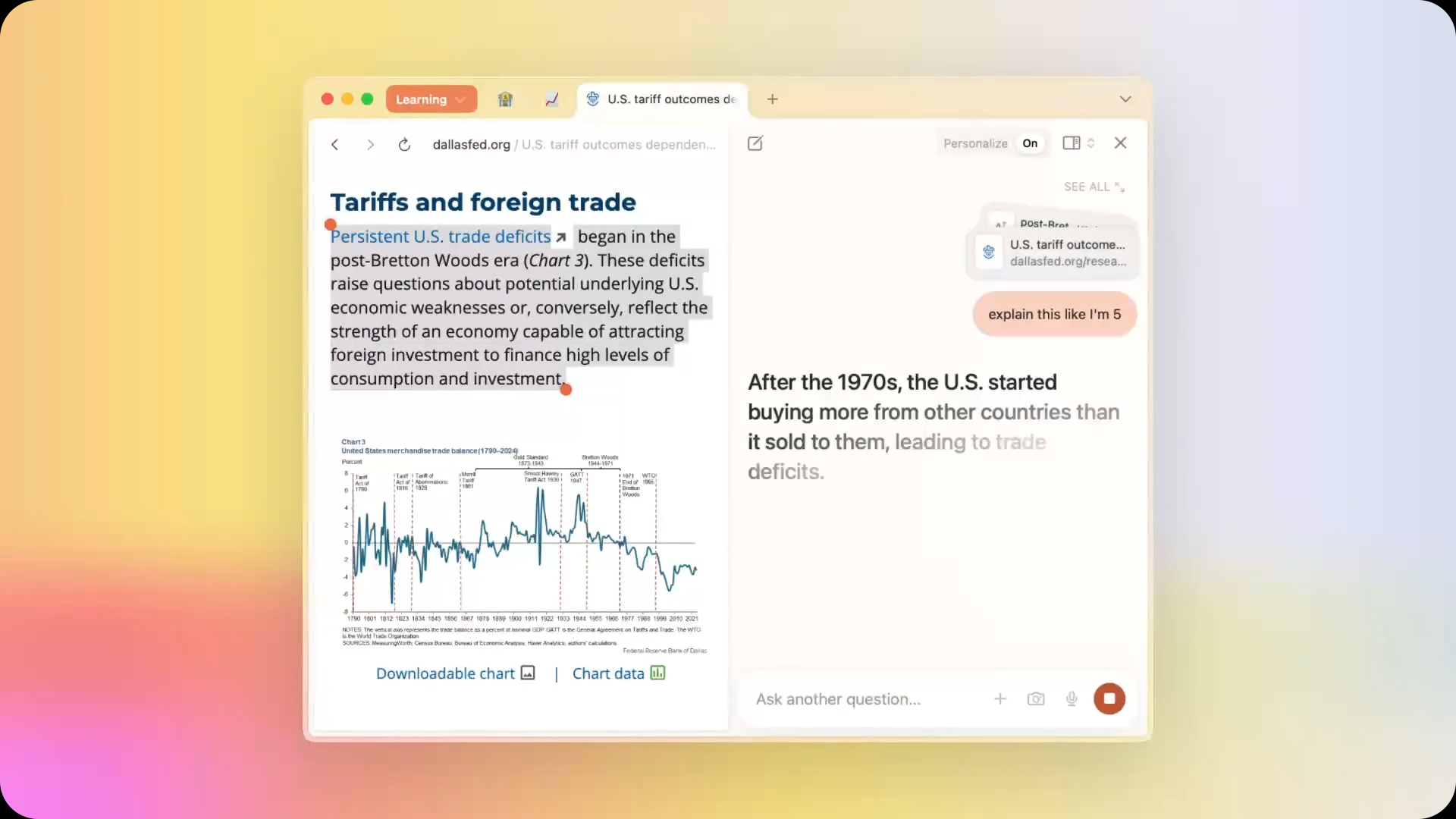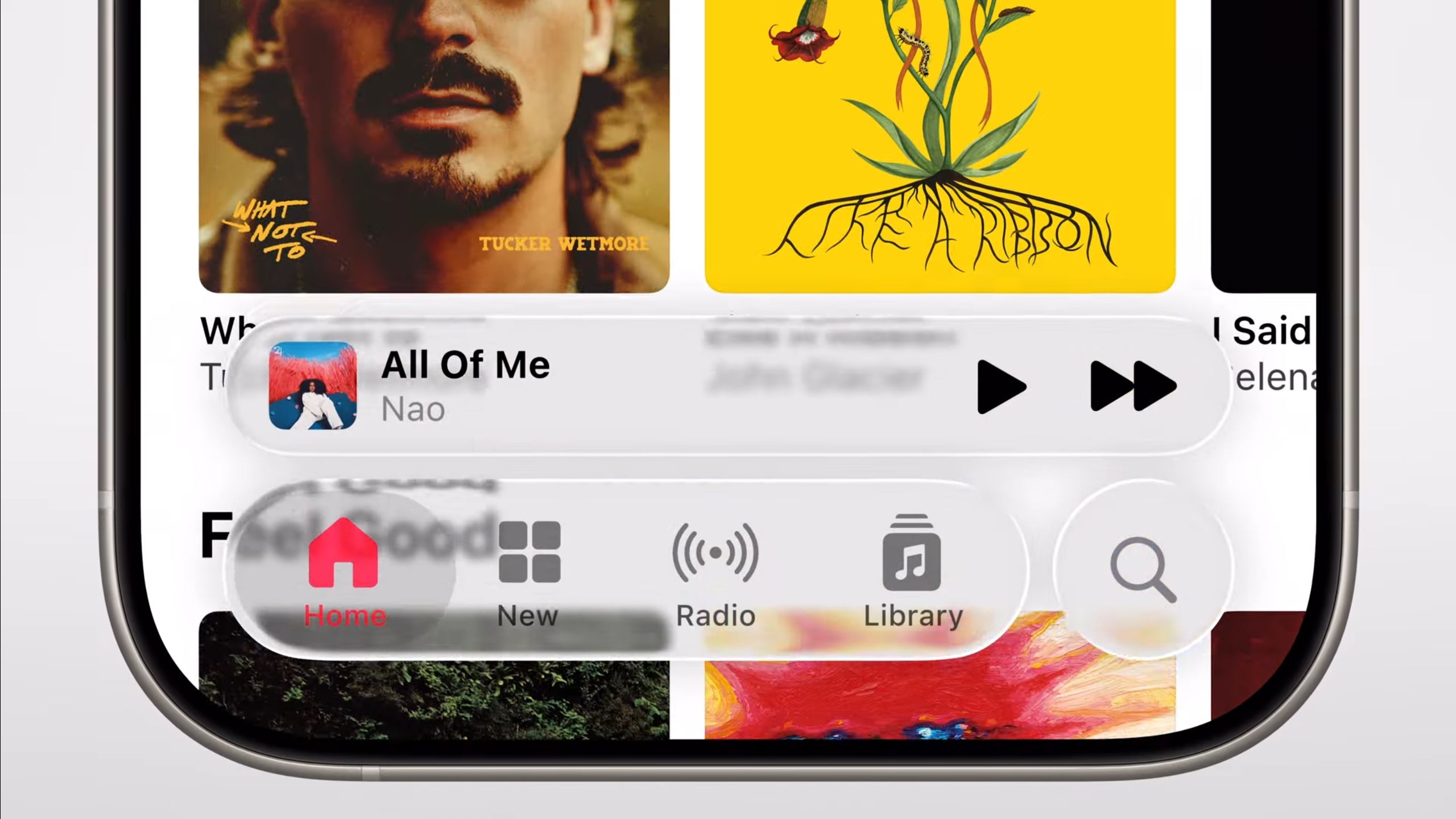10 No-Code Tools Tech Beginners Should Try in 2025
TL;DR: Want to build websites, apps, or automate tasks without coding? These no-code tools help you launch ideas quickly and easily: Websites: Webflow or Framer Apps: Bolt.new, Lovable.dev, and Replit Design & Prototyping: Figma Productivity: Notion or ClickUp Automation: Zapier Databases: Airtable You’ve got awesome ideas that could change your industry, but there’s one problem — you don’t know how to code. A few years ago, that would’ve been a big issue. But now in 2025, no-code tools for beginners are making it easier than ever for people like you to turn ideas into reality. These tools let you create your product without needing to know how to code. That means you can save time, money, and energy while focusing on growing your business. In this article, we’ll share the top 10 no-code tools for beginners that every tech beginner should try in 2025. 1. Notion Juggling multiple tools for managing tasks, notes, and projects? Notion has got you covered. This all-in-one tool is one of the perfect no code tools for beginners who want to streamline their workflow in one place. Notion combines the best parts of project management, note-taking, and databases. It’s flexible, so you can easily create a workspace that fits your unique needs. Key Features: Ready-to-use templates for any project Databases that can be displayed as tables, to-do lists, calendars, and more Collaboration tools for working with your team remotely Integrates with your favorite tools Builders use Notion in all sorts of ways — from tracking progress and managing tasks to organizing notes and keeping all your project information in one spot. One standout feature is its library of templates. You’ll find setups for everything from task management to project roadmaps. It’s like having a pro help set up your systems for you. While it may take a little time to learn, once you get the hang of it, you’ll wonder how you ever worked without it. Plus, Notion’s active community shares helpful tips and templates to boost your productivity. 2. Bolt.new If you’re a builder looking to create web apps quickly, Bolt.new is one of the best tools for you to use. You only need to describe your idea in simple language, and Bolt’s AI will generate the code for you. This makes it perfect for fast prototyping and launching full-stack applications in just minutes. Key Features: Simply describe what you need in plain English, and Bolt will generate the necessary code for your web app, saving you time and effort. Once your app is ready, you can deploy it to live servers with just a single click. No need to deal with complex deployment processes. Build together with your team in real-time, making it easier to share ideas, fix bugs, and make changes quickly. Bolt includes everything you need to make your app functional right out of the box, including a database and user authentication. Bolt.new is perfect for builders who want to skip the heavy lifting of coding and focus on bringing their ideas to life. It simplifies the process, speeds up development, and allows you to deploy fully functional web apps in no time. Whether you’re working solo or with a team, Bolt’s AI-powered platform helps you move from idea to launch faster than ever. 3. Lovable.dev If you don’t like using bolt, then another option that you got is using Lovable. Lovable is another AI-powered tool that helps you build web apps without coding. Simply describe your app in natural language, and Lovable generates the code. It’s perfect for builders who want a structured, planned approach to app creation. Why Lovable Stands Out: Lovable provides a detailed plan before generating code, ensuring all features are covered. Sync your projects with GitHub for easy version control and collaboration. Includes backend features like authentication and database management. Drag-and-drop UI builder for precise design. Operates on a credit system for more predictable costs. How It Differs from Bolt: Lovable offers a more structured, planned approach, making it ideal for complex apps. While Bolt is faster for prototyping, Lovable’s GitHub integration and detailed planning make it better for projects that require careful organization and backend functionality. 4. Figma Figma is a web-based design tool that makes it easy for builders to create stunning user interfaces and prototypes without any coding. It’s perfect for designing websites, apps, and UI elements with a simple, intuitive interface. The best part? It’s built for collaboration, so you can work with your team in real time. Key Features: Work with your team, no matter where they are. Create sharp, scalable designs for any screen size. Build interactive prototypes to test and share designs. Organize reusable components for consistent design. No need to install anything, access from any device. With Figma being more versatile and user-friendly for design, prototyping, and col

TL;DR:
Want to build websites, apps, or automate tasks without coding? These no-code tools help you launch ideas quickly and easily:
Websites: Webflow or Framer
Apps: Bolt.new, Lovable.dev, and Replit
Design & Prototyping: Figma
Productivity: Notion or ClickUp
Automation: Zapier
Databases: Airtable
You’ve got awesome ideas that could change your industry, but there’s one problem — you don’t know how to code. A few years ago, that would’ve been a big issue. But now in 2025, no-code tools for beginners are making it easier than ever for people like you to turn ideas into reality.
These tools let you create your product without needing to know how to code. That means you can save time, money, and energy while focusing on growing your business.
In this article, we’ll share the top 10 no-code tools for beginners that every tech beginner should try in 2025.
1. Notion
Juggling multiple tools for managing tasks, notes, and projects? Notion has got you covered. This all-in-one tool is one of the perfect no code tools for beginners who want to streamline their workflow in one place.
Notion combines the best parts of project management, note-taking, and databases. It’s flexible, so you can easily create a workspace that fits your unique needs.
Key Features:
- Ready-to-use templates for any project
- Databases that can be displayed as tables, to-do lists, calendars, and more
- Collaboration tools for working with your team remotely
- Integrates with your favorite tools
- Builders use Notion in all sorts of ways — from tracking progress and managing tasks to organizing notes and keeping all your project information in one spot.
One standout feature is its library of templates. You’ll find setups for everything from task management to project roadmaps. It’s like having a pro help set up your systems for you.
While it may take a little time to learn, once you get the hang of it, you’ll wonder how you ever worked without it. Plus, Notion’s active community shares helpful tips and templates to boost your productivity.
2. Bolt.new
If you’re a builder looking to create web apps quickly, Bolt.new is one of the best tools for you to use. You only need to describe your idea in simple language, and Bolt’s AI will generate the code for you. This makes it perfect for fast prototyping and launching full-stack applications in just minutes.
Key Features:
- Simply describe what you need in plain English, and Bolt will generate the necessary code for your web app, saving you time and effort.
- Once your app is ready, you can deploy it to live servers with just a single click. No need to deal with complex deployment processes.
- Build together with your team in real-time, making it easier to share ideas, fix bugs, and make changes quickly.
- Bolt includes everything you need to make your app functional right out of the box, including a database and user authentication.
Bolt.new is perfect for builders who want to skip the heavy lifting of coding and focus on bringing their ideas to life. It simplifies the process, speeds up development, and allows you to deploy fully functional web apps in no time. Whether you’re working solo or with a team, Bolt’s AI-powered platform helps you move from idea to launch faster than ever.
3. Lovable.dev
If you don’t like using bolt, then another option that you got is using Lovable. Lovable is another AI-powered tool that helps you build web apps without coding. Simply describe your app in natural language, and Lovable generates the code. It’s perfect for builders who want a structured, planned approach to app creation.
Why Lovable Stands Out:
- Lovable provides a detailed plan before generating code, ensuring all features are covered.
- Sync your projects with GitHub for easy version control and collaboration.
- Includes backend features like authentication and database management.
- Drag-and-drop UI builder for precise design.
- Operates on a credit system for more predictable costs.
How It Differs from Bolt:
Lovable offers a more structured, planned approach, making it ideal for complex apps. While Bolt is faster for prototyping, Lovable’s GitHub integration and detailed planning make it better for projects that require careful organization and backend functionality.
4. Figma
Figma is a web-based design tool that makes it easy for builders to create stunning user interfaces and prototypes without any coding. It’s perfect for designing websites, apps, and UI elements with a simple, intuitive interface. The best part? It’s built for collaboration, so you can work with your team in real time.
Key Features:
- Work with your team, no matter where they are.
- Create sharp, scalable designs for any screen size.
- Build interactive prototypes to test and share designs.
- Organize reusable components for consistent design.
- No need to install anything, access from any device.
With Figma being more versatile and user-friendly for design, prototyping, and collaboration all in one tool, it makes it an ideal no-code tool for beginners who want full control over their design projects.
5. Webflow
Once you’ve completed your design in Figma, Webflow allows you to turn those designs into a fully functioning, responsive website — all without writing a single line of code.
Webflow stands out for its ability to easily add custom animations, scroll-triggered effects, and other dynamic elements without needing to write code. It offers several key advantages for builders:
- You can build and launch a professional website in just a few days.
- No need to hire a developer for most web design tasks.
- Make content and design changes without needing technical skills.
- Start with a simple page and expand as you need more features.
Webflow’s built-in CMS makes it easy to manage and update content-heavy pages like blogs or portfolios, while also allowing you to hand off content management to team members without messing up the design.
6. Framer
Another no-code tool that you can use alternative to Webflow would be Framer. Framer is a no-code tool that makes it easy for beginners to design interactive websites and prototypes. Whether you’re creating a landing page or an app design, Framer’s simple drag-and-drop interface lets you build professional-looking designs without needing to write any code.
Why Framer is Great for Beginners:
- No coding skills needed—just drag and drop to create your designs.
- Start quickly with pre-made templates available to easily customize to fit your needs.
- Add animations and interactions to your designs without coding.
- You can design, animate, and publish all in one place.
Framer helps beginners create visually stunning and interactive websites and apps, making it a great choice for anyone looking to bring their ideas to life without any coding knowledge.
7. Airtable
Airtable is like a blend of spreadsheets and databases. It’s super easy to use, yet packed with power, making it a favorite for builders looking to get creative with their data.
At first, it looks like a spreadsheet, but as you explore, you’ll see it’s much more. It lets you manage complex data relationships, store attachments, and even connect with other tools.
Key Features:
- Multiple views: grid, calendar, kanban, and gallery
- Various field types like checkboxes, dropdowns, and file attachments
- Links between tables using relational databases
- Easy filtering and sorting options
One of Airtable’s best features is its flexibility in how you view data. You can switch between different views like a spreadsheet, a kanban board, a calendar, or a gallery, depending on what works best for you. This makes it easy to manage data without changing tools.
Airtable also offers automation, letting you set triggers to update records, send notifications, or integrate with other apps like Zapier and Integromat.
The platform has a marketplace full of pre-built templates, which save time. Whether you need a bug tracker or a sales pipeline, you’ll likely find a template you can customize for your needs.
The free plan is pretty generous, but as you grow, you might need to upgrade for more features. Still, the time saved and the productivity boost make it well worth it.
8. Zapier
Time is crucial, and Zapier helps save a lot of it. This tool connects your apps and creates automatic workflows, allowing you to cut down on manual work each week.
Zapier’s main feature is simple: it links different apps and automates tasks between them.
Key Features:
- Connects with over 3,000 apps and services
- Easy interface to create “Zaps” (automated workflows)
- Multi-step Zaps for more complex tasks
- Built-in tools for filtering and formatting data
Zapier connects popular apps and custom tools like Salesforce. It’s easy to use, so even non-tech users can set up automations making it ideal for no code tool for beginner, and advanced users can do more with features like conditional actions and data changes.
By automating repetitive tasks, Zapier saves time and reduces mistakes, letting you focus on more important work. As a beginner start with automating a few tasks, then expand as you see the benefits to make everything run smoother.
9. ClickUp
ClickUp is a no-code project management tool that’s perfect for beginners looking to organize their tasks and collaborate with teams. It combines all your work into one place, allowing you to manage projects, track progress, and set goals without needing any technical skills.
Why ClickUp is Great for Beginners:
- Simple to Use: No coding needed—just set up your tasks, projects, and workflows with easy drag-and-drop options.
- Customizable: Create and adjust views (like list, board, or calendar) to fit how you work.
- All-in-One: Manage tasks, docs, goals, and communication all in one platform.
- Collaborative: Easily assign tasks, comment, and track progress with your team
10. Replit
For our final tool on the list, we recommend a low-code option: Replit. It’s a great choice for both beginners and experienced builders due to its versatility and ease of use.
Replit is a great tool for beginners who want to start with no-code or low-code development but also want the option to dive into coding as they improve their skills. It has an easy interface for creating simple projects, but it also gives you the flexibility to write and customize code when you’re ready.
Unlike other no-code tools like Lovable and Bolt, which focus on simplicity and limit coding, Replit offers more control over the code. This makes it perfect for users who start with basic projects but may want to move on to more advanced applications later.
Replit bridges the gap between no-code tools and full coding, making it ideal for beginners who want to grow their technical skills over time, without jumping straight into complex coding.
Final Thoughts: No-code Tools for Beginners
No-code tools in 2025 make it easier than ever for beginners to turn ideas into real products, without needing to learn how to code. Whether you want to build websites, apps, automate tasks, or manage projects, there’s a no-code tool for you.
The best part? You can start small, experiment, and scale as you grow. Try a few tools from this list, see which ones fit your needs, and start bringing your ideas to life today!
FAQ
Do I need any coding experience to use no-code tools?
- No! These tools are designed for beginners. You just drag, drop, and customize—no coding required.
Are no-code tools really free?
- Many have free plans with basic features (like Notion, Airtable, and Zapier). For advanced features, you may need a paid plan.
Can I build a real business with no-code tools?
- Absolutely! Many startups and small businesses use no-code tools to create websites, apps, and workflows.
Which tool is best for building a website?
- Webflow (for full design control) or Framer (for easy drag-and-drop).
What if I want to add custom code later?
- Some tools (like Replit) let you start with no-code and add code when ready.

















































































































































![Top Features of Vision-Based Workplace Safety Tools [2025]](https://static.wixstatic.com/media/379e66_7e75a4bcefe14e4fbc100abdff83bed3~mv2.jpg/v1/fit/w_1000,h_884,al_c,q_80/file.png?#)































![[The AI Show Episode 152]: ChatGPT Connectors, AI-Human Relationships, New AI Job Data, OpenAI Court-Ordered to Keep ChatGPT Logs & WPP’s Large Marketing Model](https://www.marketingaiinstitute.com/hubfs/ep%20152%20cover.png)






















































































































![[DEALS] Microsoft Visual Studio Professional 2022 + The Premium Learn to Code Certification Bundle (97% off) & Other Deals Up To 98% Off](https://www.javacodegeeks.com/wp-content/uploads/2012/12/jcg-logo.jpg)























































































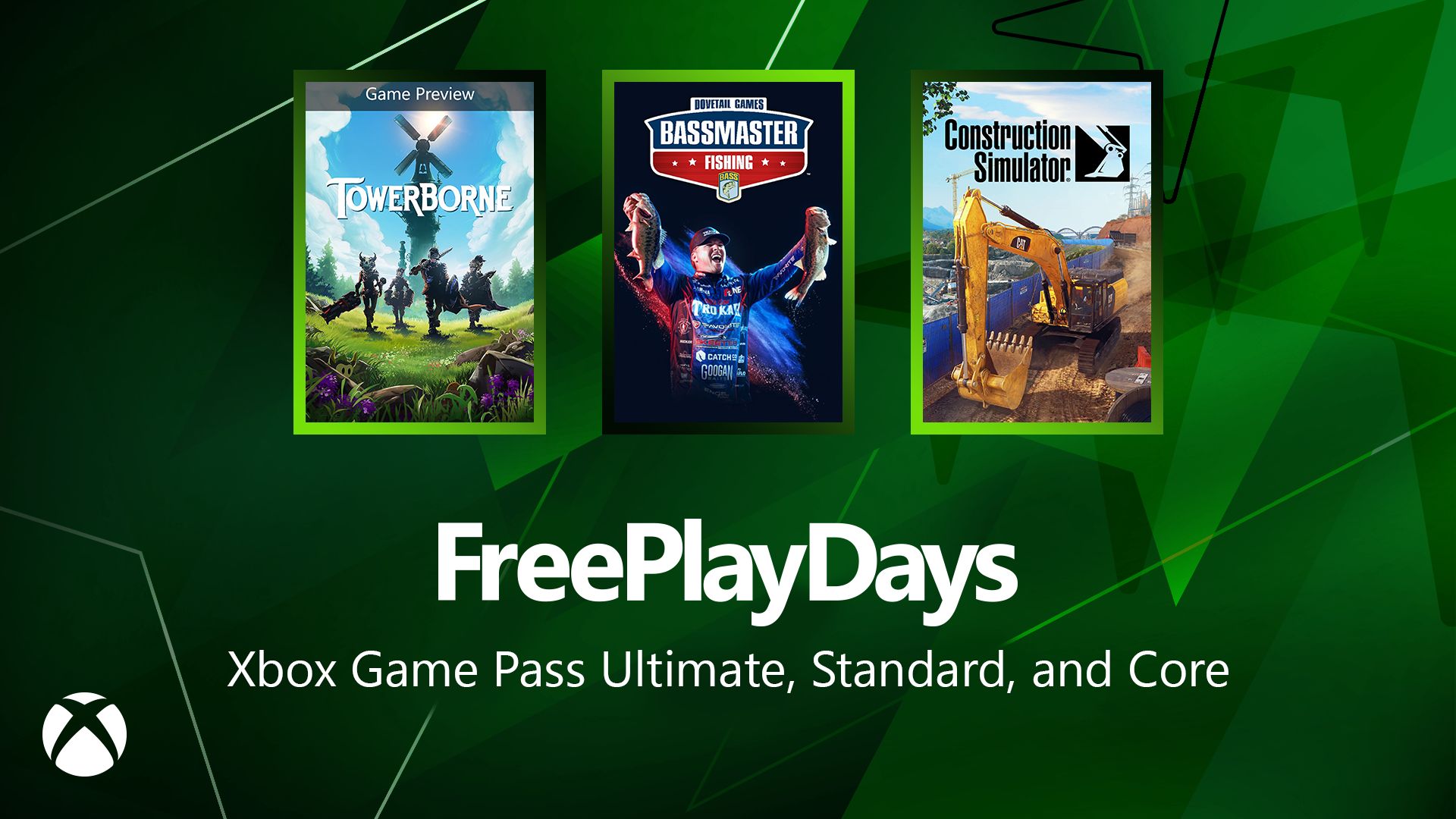




































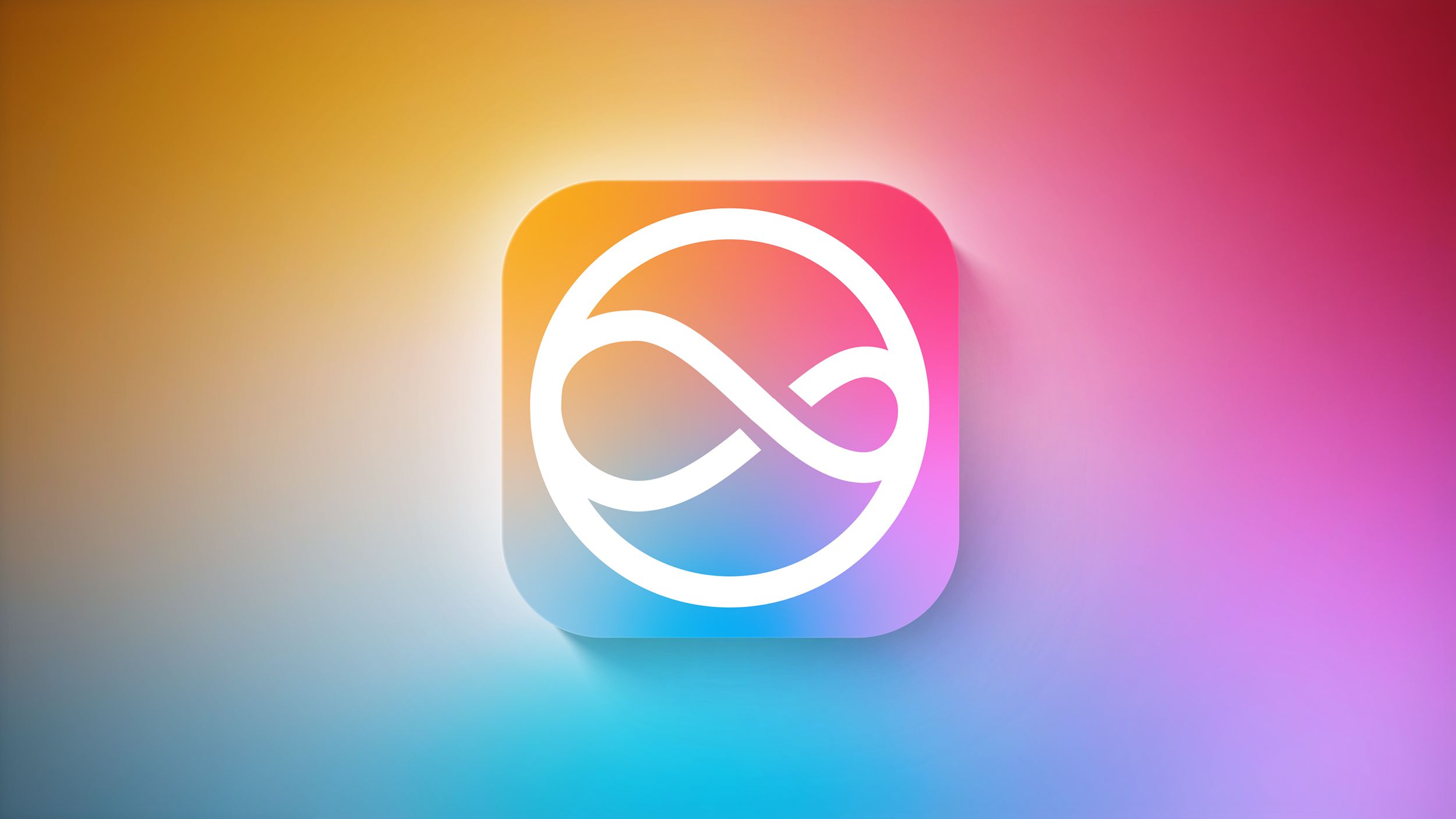
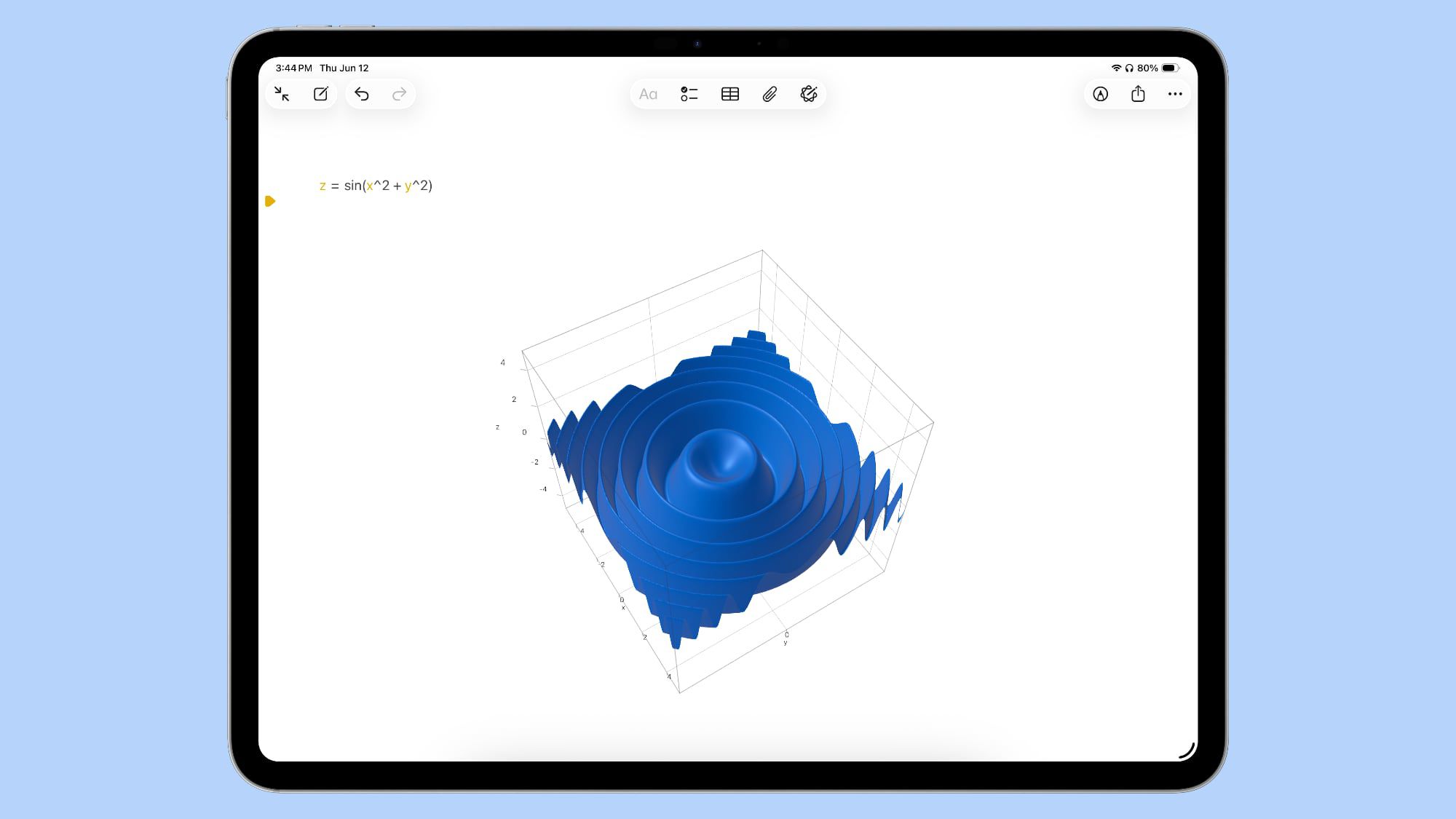
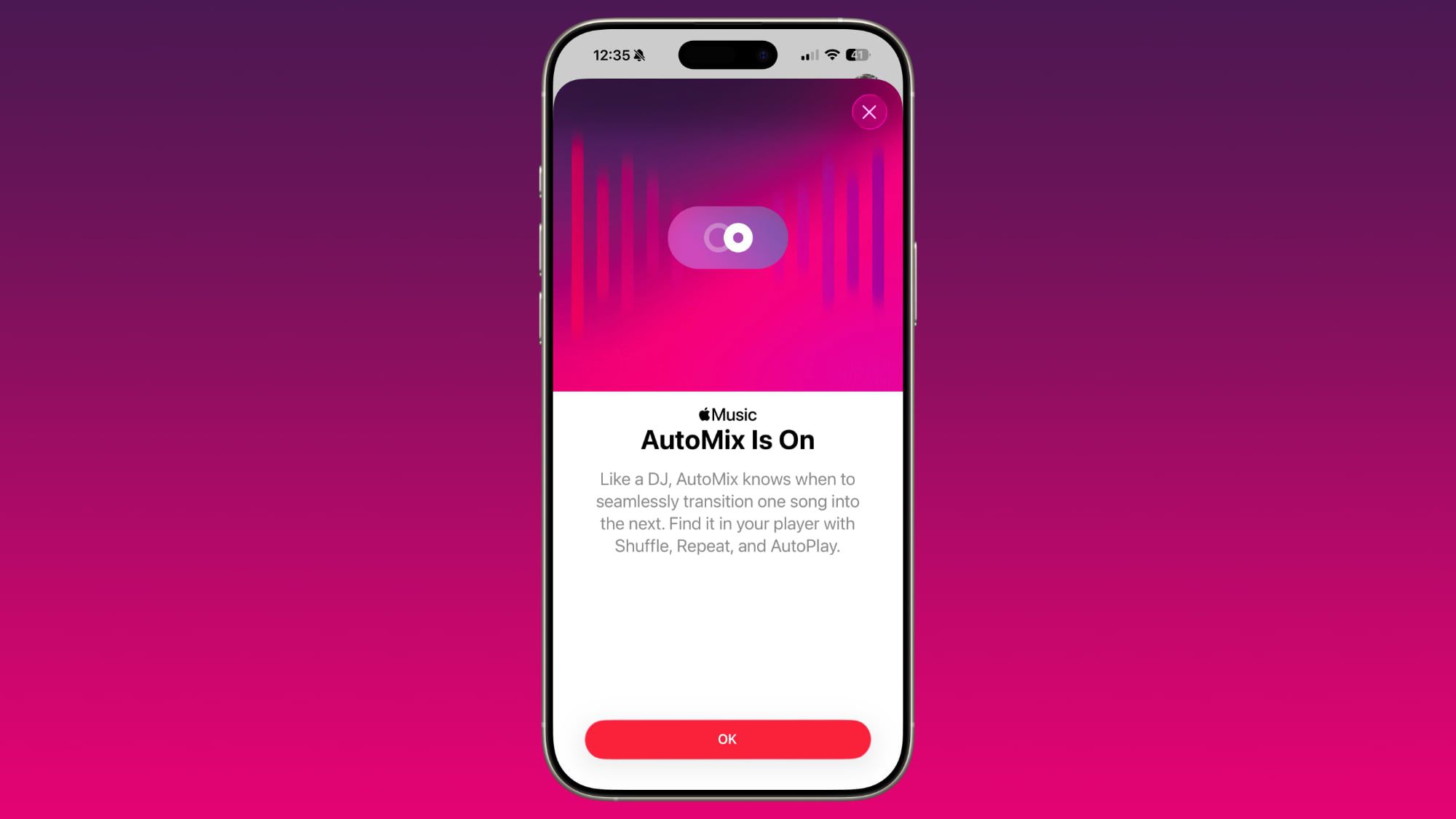












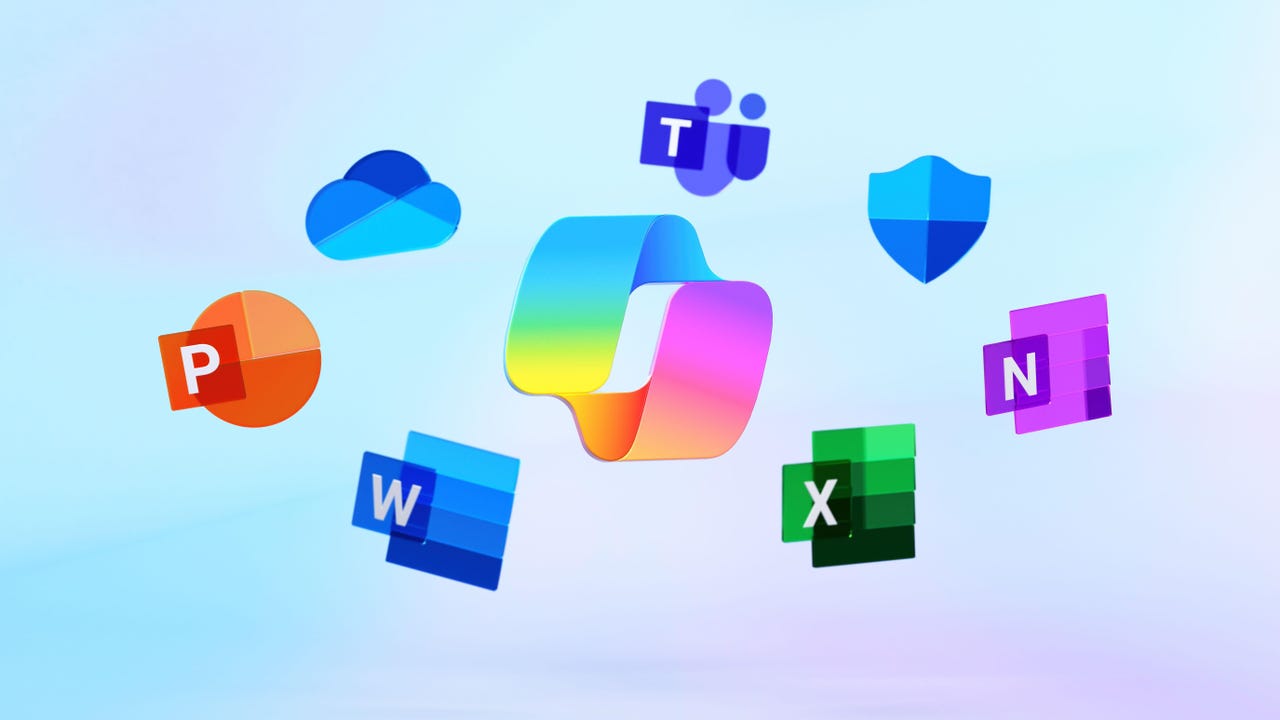















































































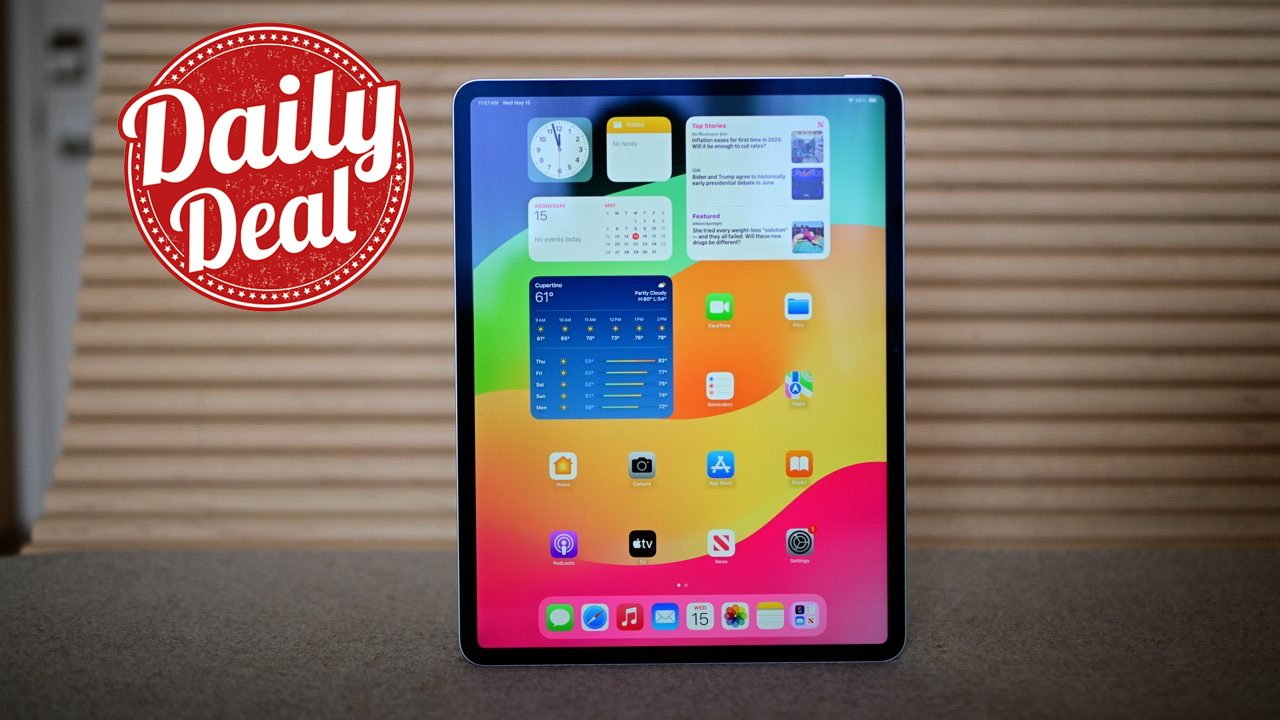


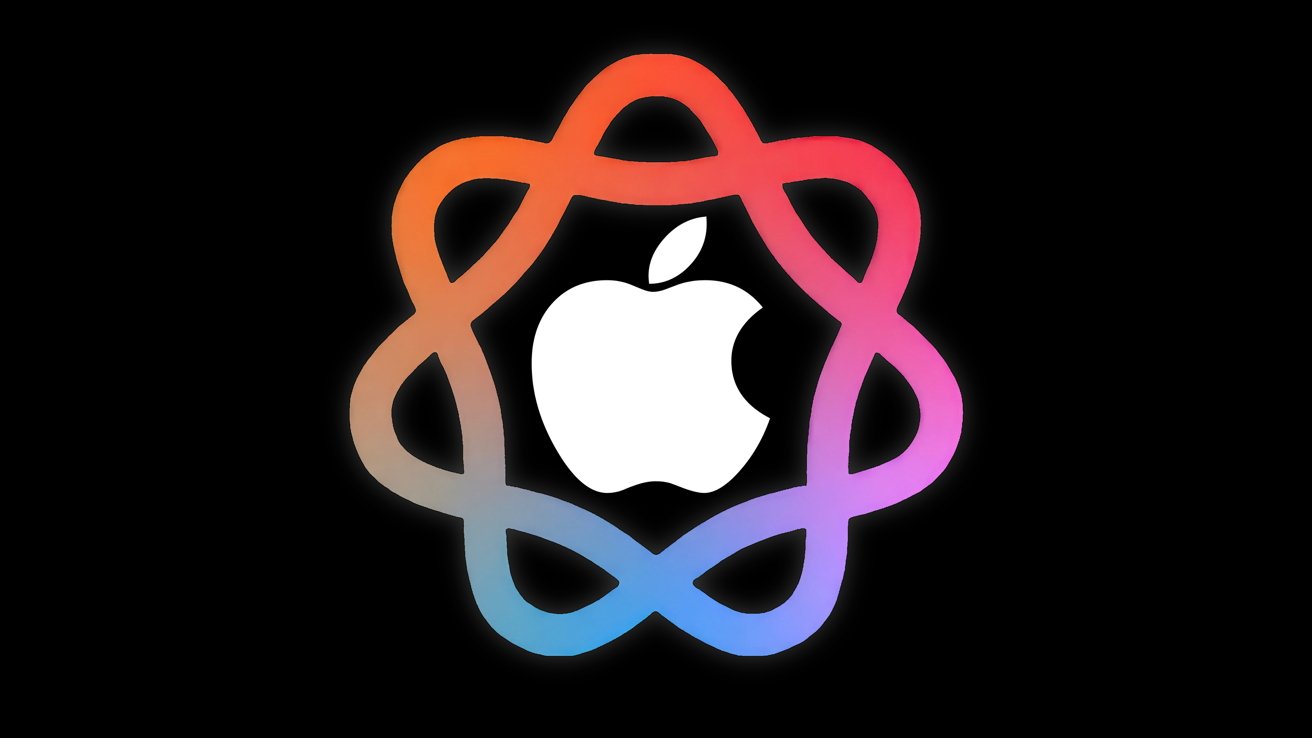




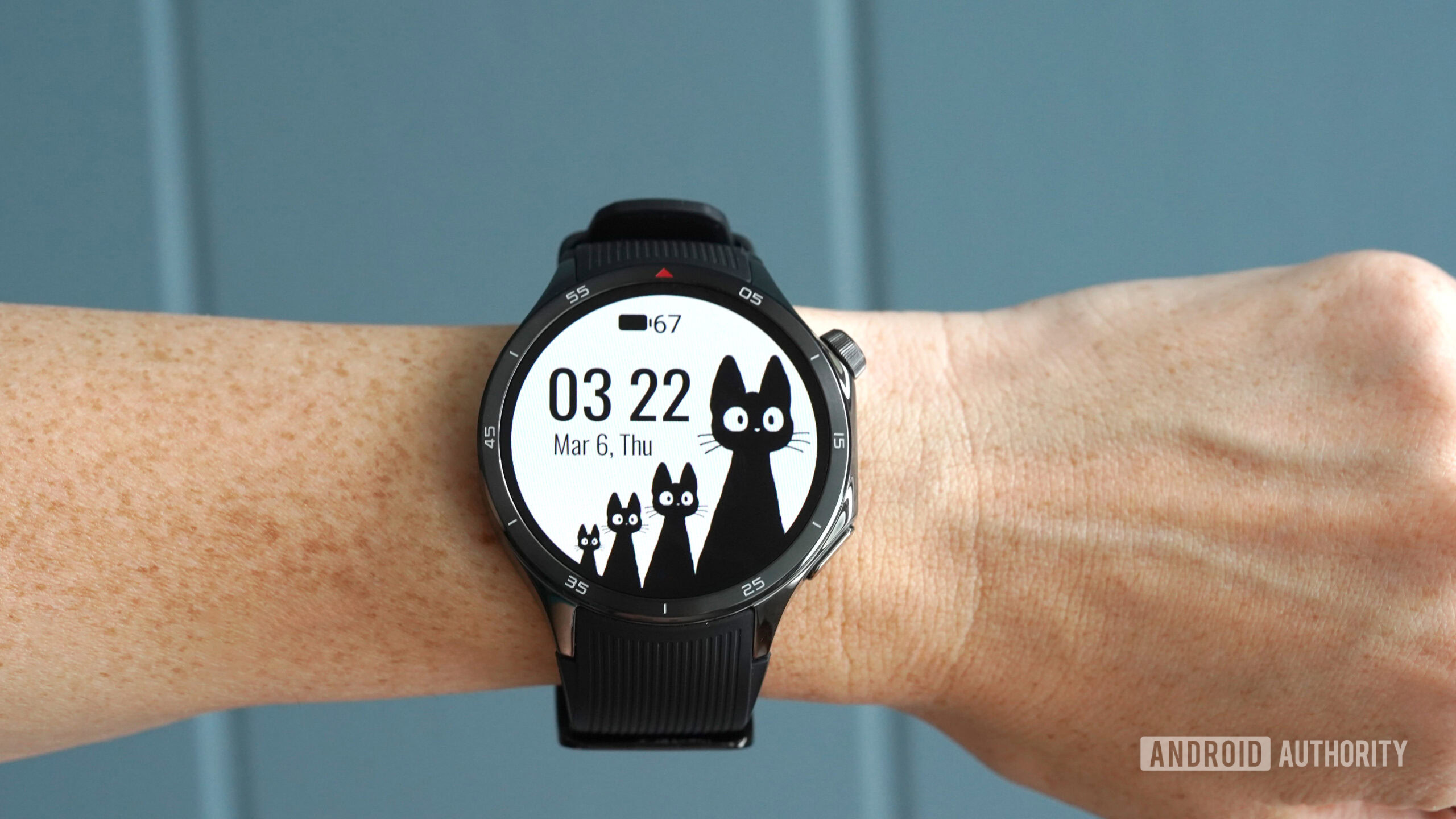
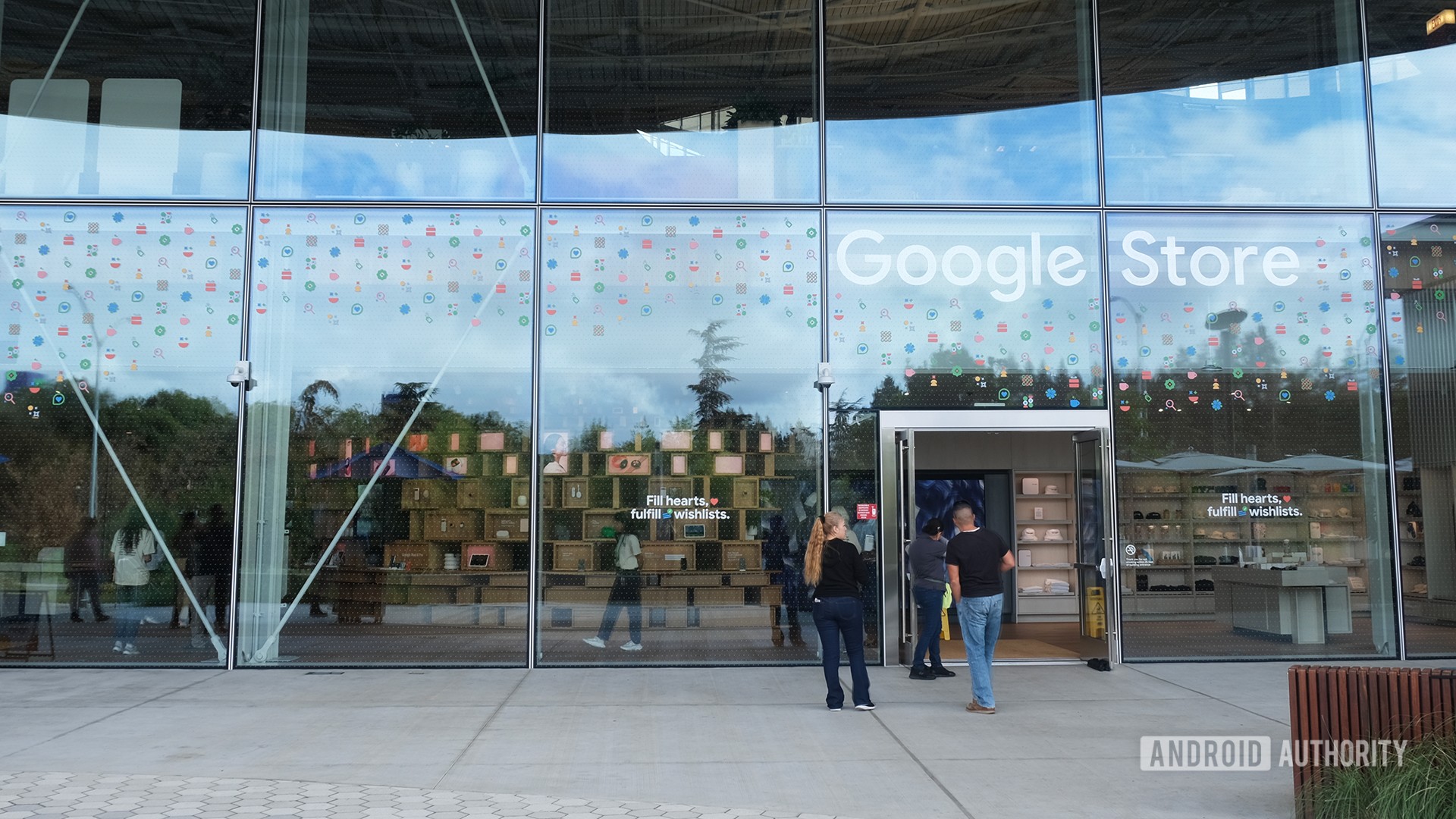

![PSA: Widespread internet outage affects Spotify, Google, Discord, Cloudflare, more [U: Fixed]](https://i0.wp.com/9to5mac.com/wp-content/uploads/sites/6/2024/07/iCloud-Private-Relay-outage-resolved.jpg?resize=1200%2C628&quality=82&strip=all&ssl=1)





















![Apple Shares Teaser Trailer for 'The Lost Bus' Starring Matthew McConaughey [Video]](https://www.iclarified.com/images/news/97582/97582/97582-640.jpg)


















